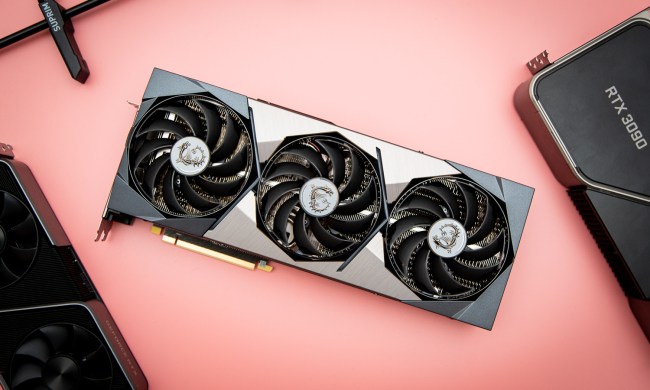In 2015, in a mostly-empty arcade in Fukuoka, I slid into the pilot seat of a Gundam.
I pulled the door down, watching as it seamlessly merged with the rest of the wall and turned into a display of my surroundings. As I pulled the earpiece down, the radio crackled to life as other pilots greeted me through comms.
A voice barked orders too fast for my rudimentary Japanese to follow, but the gist was clear enough: take the controls and dominate the battlefield. I gripped the flight sticks, found the right pedal, and took off.

The arcade game was Kido Senshi Gundam: Senjo no Kizuna , an enclosed pod (literally P.O.D. — panoramic optical display) that immersed players in a virtual battlefield and pitted them against other players from across Japan. The graphics were nothing to write home about; the game launched in 2006, after all, so its visuals were reminiscent of a PlayStation 3. Despite that, the immersive nature of the game made me feel like I was actually in the seat of a Gundam, and as a fan of the franchise since Toonami first aired Gundam Wing in 2000, it left an impression.
Unfortunately, Kido Senshi Gundam: Senjo no Kizuna pods are difficult to find outside Japan . The servers closed in 2021, and though its sequel continued until 2024, the experience is one I can only revisit in memory.
When Mecha Break launched a week ago, I dove in immediately. I didn’t expect much more than an enjoyable action game, but it has managed to capture some of what I felt in that arcade pod.

The mobile suits (called Strikers) pay obvious homage to the Gundam franchise, practically copying designs in some cases. Even the name Mecha Break sounds suspiciously similar to Gundam Breaker , a game series focused on customizing your own mobile suit to your heart’s content.
It’s not the first game to draw heavy inspiration from the Gundam franchise, and it definitely won’t be the last. Mecha Break does an excellent job of nailing the feel of piloting a mech suit. Whether it’s the Falcon, with its light attack power and ridiculous maneuverability that lets it get out of my scraps with minimal damage, or the Tricera with its slow bulk and bristling armaments, the suits all feel unique in their own way.
Don’t get me wrong: the game is still treading a familiar path. Mecha Break is basically a hero shooter with giant robots , replete with the expected roles: healer, support, DPS, and tanks. That’s not necessarily a bad thing, though. I played dozens of hours of Overwatch until I got sick of it, but Mecha Break feels fresh enough with its approach that I don’t feel like I’m just rehashing the same game.

That said, I’m going to draw comparisons between Overwatch heroes and the mechs, because some feel similar to their first-person counterparts. Take Luminae, for instance; this is the first support mech most players encounter, and it’s primarily focused on doling out repairs through its Drone Launcher or the Haze Diffuser, a smoke screen that heals friendlies. You can switch to its Corruption form in a fight, but this mech isn’t built for damage.
Sound familiar? It’s basically a robot version of Mercy.
Pinaka serves a similar role, focusing more on healing than anything else. Units like Alysnes, Falcon, and Skyraider are excellent for dashing around the battlefield and damaging foes, while Panther and Welkin are melee fighters capable of dealing direct damage without worrying about shields.
And Tricera, the heavy hitter I mentioned earlier? It has a Fortress Form mode that is like Bastion’s turret form, but with better firepower and a set of defensive shields.

There are thirteen mechs currently in the game, although more are expected to launch soon. My personal favorite is the Aquila. I’m no good in close-range battles, but Aquila lets me keep my distance while sniping enemies. It deals direct damage, and I’m able to use its auxiliary ability to lock onto multiple enemies at once and fire off a shot at each of them.
The Airborne Kit allows the mech to hover in the air, but also makes it significantly faster while flying. In other words, I can take a few shots and change position, and its speed is enough that I can escape from most enemies without too much trouble. It’s like taking the reins of the Wing Gundam and its Buster Rifle.
Mecha Break doesn’t feel anywhere near as immersive as actually sitting in a seat with controls all around me, but it immaculately captures the vibes of darting around a battlefield and fighting with oversized robots.
It’s unlikely I’ll find another experience that matches that one in Japan, if only because the novelty of it won’t be quite the same. If I get desperate enough, I can hunt down a Steel Battalion setup on eBay. But for now, I foresee a substantial amount of 6v6 giant robot shenanigans in my future.




